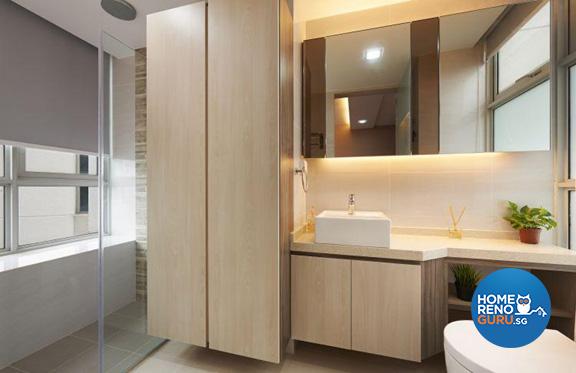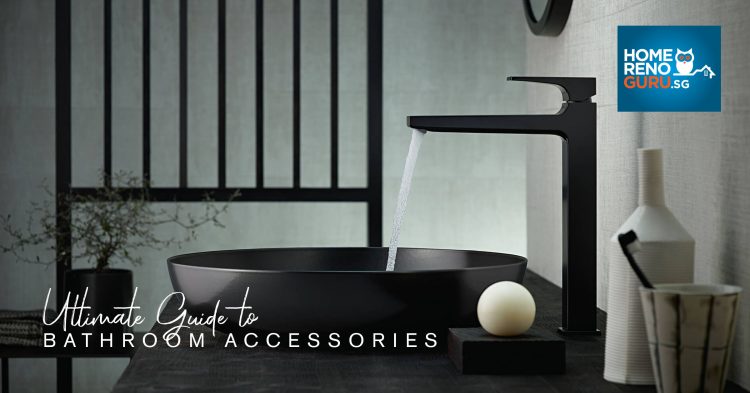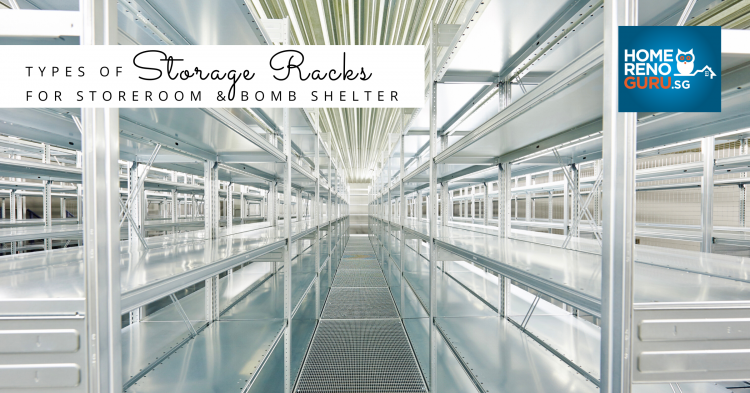Just last month, a major flooding incident – a result of a choked drain caused some businesses thousands of dollars in damages and lost business. Now, such an incident could very well happen at home too but fret not – such instances can be minimised with a good home drainage maintenance routine. When done on a regular basis, it’s easy, and also helps you save time, costs, and trouble in the long run. While clogged drains are a common problem at home, we’re sure you don’t want them to escalate into full-blown floods at home. Here are tips to keep your home drainage system in good condition.
1. Be aware of the common causes of drainage issues
As cliche as it is, finding the cause of problems is the first step to prevention, and it’s the same for drainage maintenance. Firstly, food residue is one of the most common causes of drain blockages in the kitchen, so do clear your leftover food before washing. You can also place a sieve at the drainage opening to trap remaining food residues. This is also helpful for liquids, because some liquids solidify with time, which can also cause drain blockage when you least expect it.
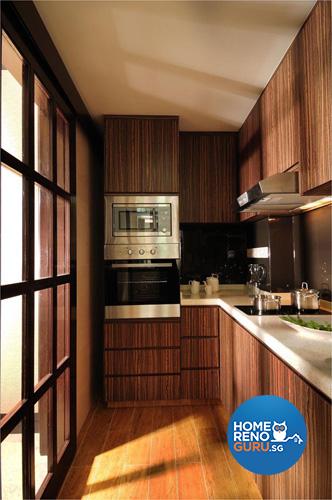
2. Understand and check for common defects
Koo Hwee Min from D’esprit Interiors advises us on a list of common places to check and ensure that your home drainage system is in tip-top condition. Firstly, check your ceiling – it should be free of stain marks, leaks, and cracks. As for your doors and windows, check that they are not rusty, as rust is the result of water contact. The sealing for windows should be hard. Poor installation of windows can result in water leakage, so do ensure that your window pains are also free of cracks. Lastly, ensure that your air-conditioning is correctly installed – look out for the piping, and make sure that it has been built such that water will not flow back into your room.
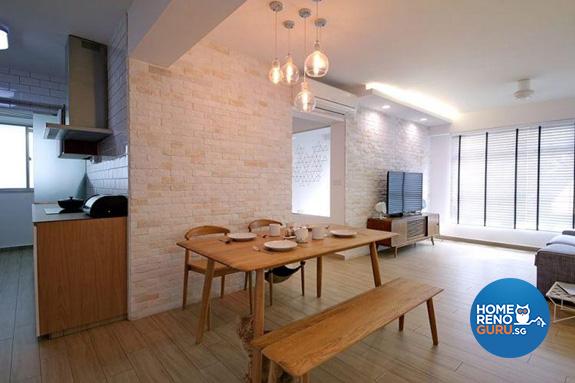
Blk 429A Yishun by Renozone Interior Design House
3. Bathroom measures
Moisture collects in bathrooms, so do pay extra attention to their upkeep. Hwee Min recommends making sure drainage holes are not clogged on a regular basis. “Check that the pipings are not clogged or leaking. Toilet bowls and basins must be able to flush well and should not have cracks,” she elaborates. You can also use a plumbing snake every six months or so to make sure that the pipes are clean – this is to prevent build-up, which can save you lots of hassle in the long run.
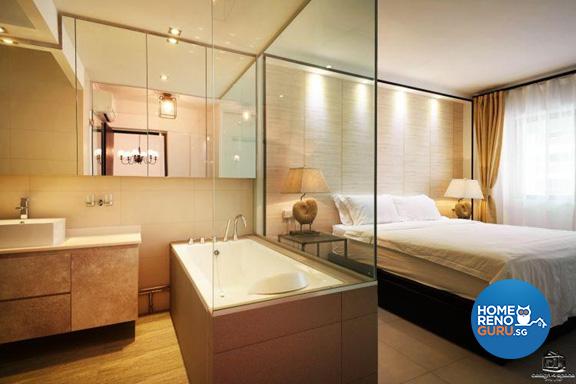
HDB Mansionette Toh Yi Drive by Design 4 Space
[cta1]
4. Baking soda and vinegar
One simple DIY way to unclog a drain is the baking soda and vinegar method. While it is not the solution to major blockage, it’s a great way to resolve common minor issues. All you have to do is pour half a cup of baking soda down the drain, then a cup of white vinegar. Let the mixture sit (you may want to leave it overnight) and then pour hot water down the drain to flush the mixture down. Voilà, a drain that’s free-flowing and fresh smelling!
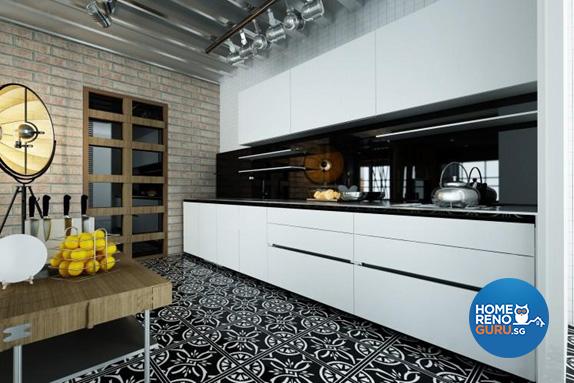
Industrial Design by Matrix Interior Pte Ltd
5. Make your job easier
Homeowners usually prefer to hide their piping and drainage for aesthetic purposes, such as by installing tiles to cover them up. According to David Kek from Imposed Design, some homeowners box up their pipes with wall tiles or wooden materials, such as full-length cabinets.
While this is a good method to hide unsightly pipes, do keep future maintenance work more hassle-free for yourself and your contractor. When asked, Eric Toh from EC Vision reminds us of the importance of leaving an opening for easy access to the drainage system when required.
